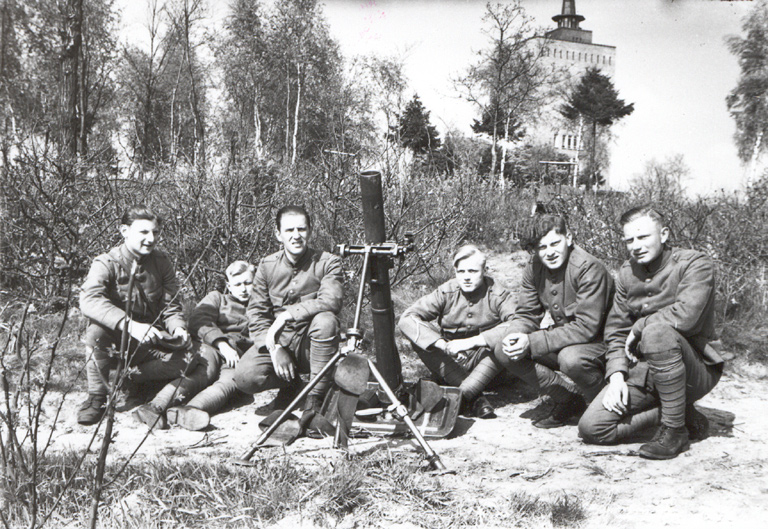
| Year | Late 1920s and early 1930s |
| Weapon Type | Medium Mortar |
| Origin & Designer | Britain-France-Holland/Stokes-Brandt-Siderius |
| Numbers Produced | 400 |
| Crew | 4 |
| Calibre | 81.4mm |
| Elevation | +45° to +85° |
| Traverse | -11° to +11° |
| Cartridge Weight | [@cartridge_weight] |
| Round Weight | 3.25 kg |
| Barrel Length | 1.114mm |
| Overall Length | [@length] |
| Grenade Types | [@grenade_types] |
| Mount | [@mount] |
| Combat Weight | 56 kg |
| Operation | [@operation] |
| Cooling System | [@cooling] |
| Sights | [@sights] |
| Feed | [@feed] |
| Practical Rate of Fire | [@practical_rate_of_fire] |
| Maximum Rate of Fire | 20 r.p.m. |
| Blank Cartridge | [@blank_cartridge] |
| Muzzle Velocity | 174 m/s |
| Fuel Capacity | [@fuel_capacity] |
| Minimum Range | 65m |
| Effective Range | [@effective_range] |
| Maximum Range | 2.200m |
| Armour Penetration | [@armour_penetration] |
| Bayonet | [@bayonet] |
| Traction | [@traction] |
| Variants | [@variants] |
| Notes | The standard Dutch infantry mortar was the Van 8 and this was a copy of the Stokes/Brandt. They first bought sixty copies from France but later acquired a licence to produce their own. They could never produce enough to equip their formations with an adequate supply and only six were issued to Mortar Companies at Regimental level. |